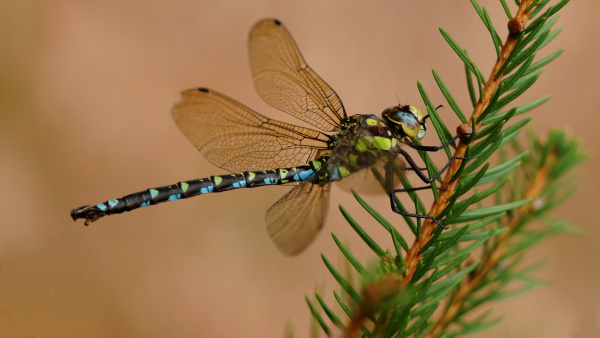Facts About Southern hawker
The southern hawker, also known as the blue hawker, is a striking dragonfly species from the hawker family. You can spot these beauties throughout Europe, from Scotland and southern Scandinavia down to Italy and the northern Balkans. They even make appearances in Northwest Africa, especially in Algeria. In Central Europe, they are a common sight, flourishing in well-vegetated ponds and garden pools. But don't be surprised if you see them wandering into gardens and open woodlands—they are known to roam quite a bit.
These dragonflies are quite sizable, with a body length of around 70 millimeters and a wingspan that can reach up to 110 millimeters. They are hard to miss with their bright colors and distinct markings. Males sport a dark abdomen with vibrant apple-green spots, while females have brownish abdomens adorned with vivid green markings. You will often see these dragonflies between June and October, zipping around catching insects mid-flight. They are curious creatures and might even come close to check you out.
Southern hawkers prefer breeding in still or slow-moving waters. The males are quite showy, patrolling water edges and often engaging in territorial skirmishes with other males. When it’s time to lay eggs, females inject their abdomens into rotting vegetation or wood. These eggs, laid in the summer or autumn, hatch the following spring. The nymphs, which are the dragonfly's immature stage, feed on aquatic insects, tadpoles, invertebrates, and even small fish. It takes them about two to three years to develop before they emerge as adults in July and August.
One of the most fascinating aspects of southern hawkers is their moulting process. To grow, they periodically shed their exoskeleton, a common trait among arthropods. This moulting is a crucial part of their development, allowing them to transition from nymphs to the stunning adults we admire.

 Ireland
Ireland